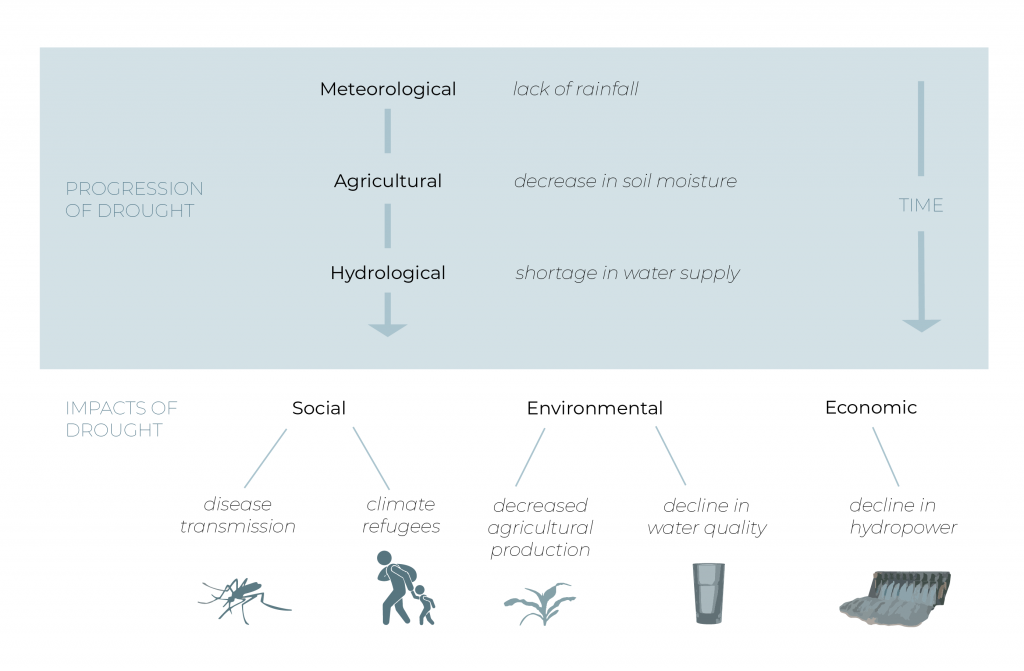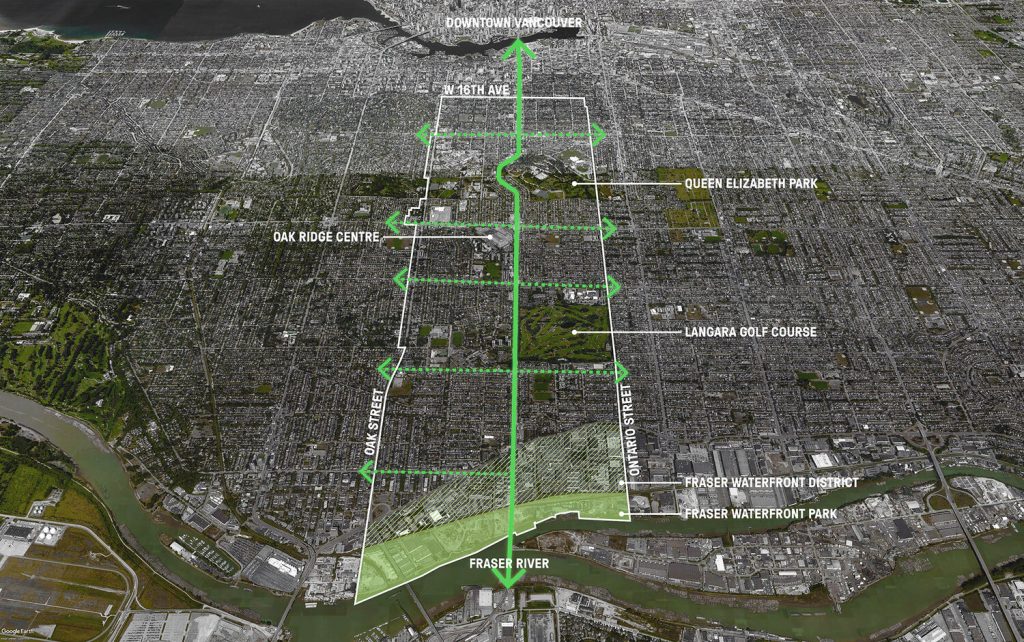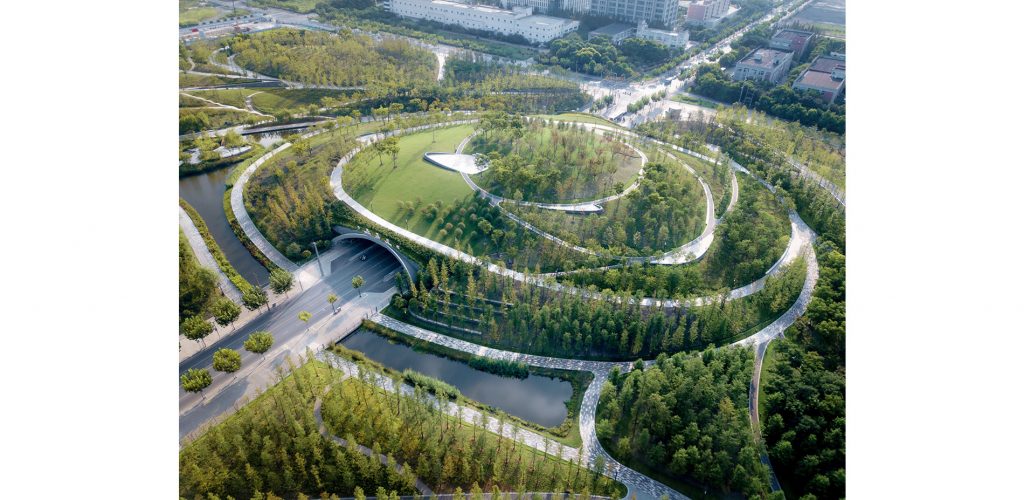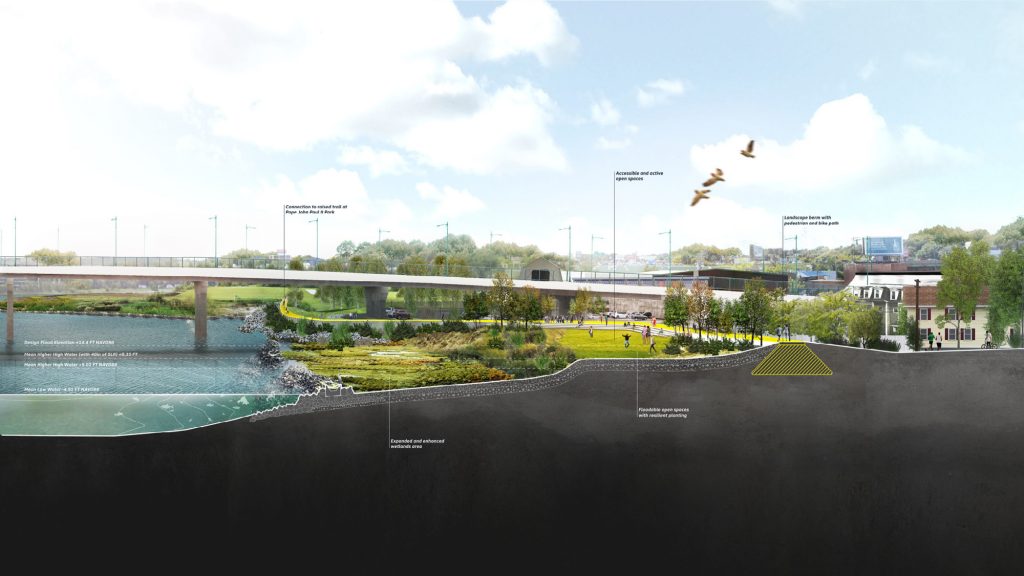The current projection of the global mean sea level rise is an increase between 0.43m and 0.84m by 2100, with a continuous increase for centuries to come.1
[1] “Technical Summary — Special Report on the Ocean and Cryosphere in a Changing Climate.”
What are the contributing factors to sea level rise?
The sea levels of the world’s oceans are currently on the rise due to the following contributing factors:
- Rising temperatures caused by carbon emissions leading to ocean thermal expansion
- The melting of glaciers and ice caps
- The melting of the ice sheets of Greenland and Antarctica
The impacts of sea level rise are not evenly spread and will vary across regions, particularly due to subsidence from human activity which will result in a higher sea level within these areas, thus increasing their vulnerability.1

[1] “Sea-Level Rise from the Late 19th to the Early 21st Century | Surveys in Geophysics.”
What are the impacts on ecosystems and people?
In coastal regions, the impacts of sea level rise include erosion, flooding, salinization, loss of habitat, and a decrease in habitat function and biodiversity. The carbon emissions causing ocean warming are also increasing acidification and oxygen loss, thereby impacting aquatic ecosystems. This has contributed to large-scale coral bleaching and reef degradation as well as a reduction in the biodiversity of intertidal zones, specifically rocky reefs, in which species are particularly sensitive to rising temperatures and acidification. In estuaries specifically, the increase in nutrients and organic matter have increased eutrophication and have led to the enlargement of hypoxic areas.1
Along with the impacts to landscapes, the impacts extend to urban areas as the changes in temperature, oxygen levels and acidity have produced algal blooms and the occurrence of pathogens which impact food provisioning and human health. With sea level rise, there is also a global impact on food security, especially in low latitude, developing coastal communities who rely on seafood for nutrient requirements (Central and West Africa). Furthermore, there are cultural implications for many communities who have strong connections with the natural habitat of their regions and who come to rely on the harvesting of marine life for cultural and spiritual purposes, in addition to sustenance. Indigenous communities are particularly vulnerable as the reliance on the ocean for their livelihoods and culture is shifting and affecting their ability to pass on traditional knowledge or use their traditional harvesting techniques. Additionally, economies are affected through the impact on fisheries, marine tourism, and coastal buildings and infrastructure.2
[1] “Chapter 5: Changing Ocean, Marine Ecosystems, and Dependent Communities — Special Report on the Ocean and Cryosphere in a Changing Climate.”
[2] “Chapter 5: Changing Ocean, Marine Ecosystems, and Dependent Communities — Special Report on the Ocean and Cryosphere in a Changing Climate.”
How can designers respond to the threat of rising sea levels through designs and interventions?
Designers may respond to rising sea levels through a few different strategies.
The first of which is to create hard protection against water inundation through flood barriers such as levees, dikes, seawalls, breakwaters, and jetties. These are often found in urban coastal areas but have drawbacks that include the destruction of intertidal habitat through processes such as coastal squeeze and technical limits that constrain their effectiveness.
Designers may also modify buildings themselves through the elevation of structures and important utilities and through waterproofing.
A third strategy is through ecosystem-based adaptations, including both coral and wetland conservation. While wetland conservation and restoration preserve these essential intertidal habitats, these processes require a large portion of land, and are therefore not always feasible.
Lastly, designers can use coastal retreat through planned relocation of buildings or communities in areas where sea level rise is an immediate threat.1
[1] “Technical Summary — Special Report on the Ocean and Cryosphere in a Changing Climate.”
Sources
“Chapter 5: Changing Ocean, Marine Ecosystems, and Dependent Communities — Special Report on the Ocean and Cryosphere in a Changing Climate.” https://www.ipcc.ch/srocc/chapter/chapter-5/.
“Sea-Level Rise from the Late 19th to the Early 21st Century | Surveys in Geophysics.” https://link.springer.com/article/10.1007/s10712-011-9119-1.
“Technical Summary — Special Report on the Ocean and Cryosphere in a Changing Climate.” https://www.ipcc.ch/srocc/chapter/technical-summary/.
Additional Resources
Precedents
South Bay Sponge: Field Operations
Location: California, USA
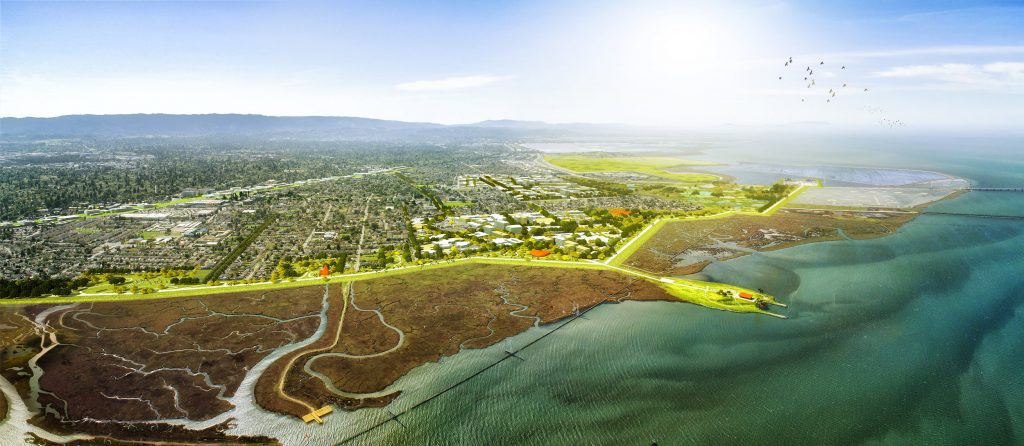
“The South Bay Sponge is an innovative model for how to adapt our urban coastal areas in the face of climate change, as many cities around the world face unprecedented threats from rising sea levels with increased flooding and related storm damage to infrastructure and settlement.”
This project can be viewed on the Field Operations website and through Rebuild By Design.
Hafencity Hamburg: HafenCity Hamburg GmbH
Location: Hamburg, Germany
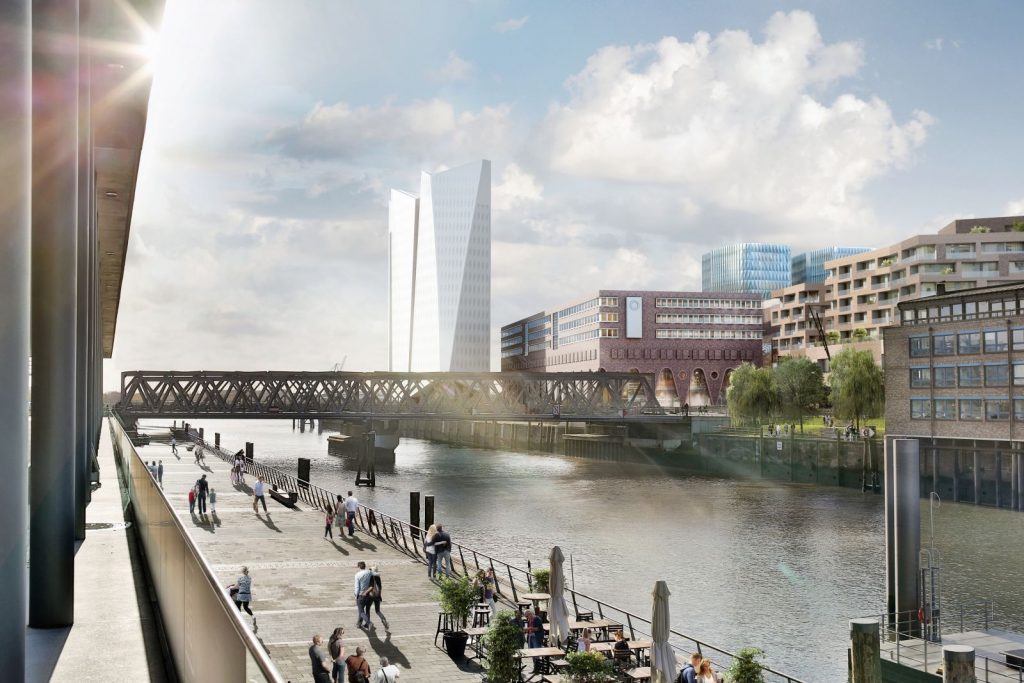
As an alternative to dikes HafenCity has fallen back on the settlement pattern traditional in the North Sea area, the “Warft”…The “Warft” model protects HafenCity’s residents, workers and visitors even in the case of severe flooding. Even during the strong storm surges that occur about twice a year today, city life on the “Warft” can continue largely unaffected. The promenades are only flooded for a brief period.”
This project can be viewed on the city’s website and here.

